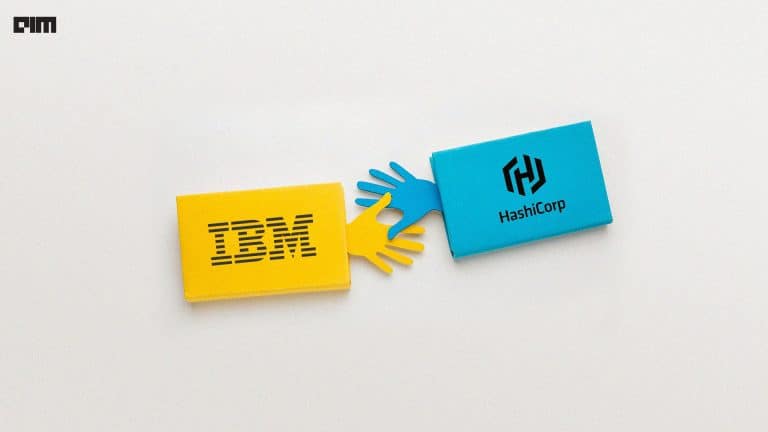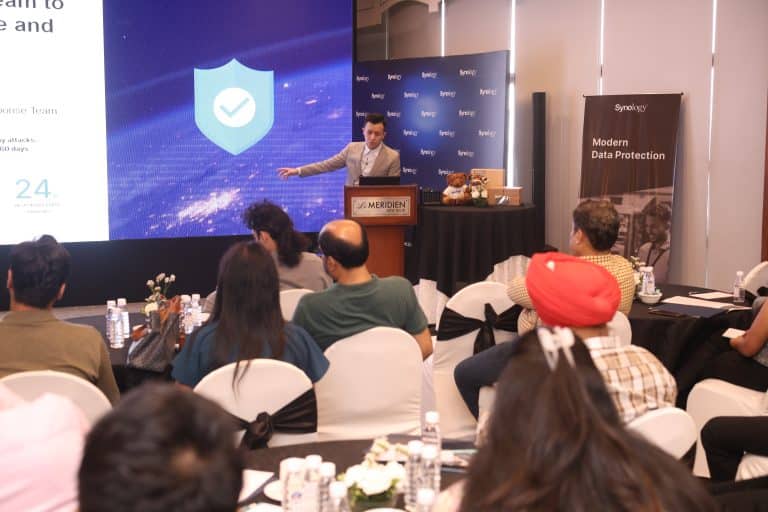Over the years, cybersecurity threats have created massive catastrophes not only for organisations but also for individuals. No environment is immune to cyberattacks as hackers continue to develop new tools and techniques, targeting corporate assets stored on cloud infrastructure, individuals’ mobile devices, trusted third-party supplier apps and even popular email platforms.
According to a report by Check Point, this year there is more than a 50% increase in attacks compared to 2018 and malware has been one of the major threats. Destructive malware such as banking malware has evolved to become a very common yet notorious threat. Today, banking malware is capable of stealing payment data, credentials and funds from victims’ bank accounts. And the worst thing is that new versions of these kinds of destructive malware are ready and out for massive distribution.
Emotet, Trickbot, Dorkbot, Triada, Rannit, Ursnif etc. are some of the examples of notorious malware that has been really active in the first of this year. From being able to self-propagate to being able to deploy other malware, they have created a scary environment in this internet-driven world.
The Skyrocketing Rise Of Destructive Malware
It is not just Check Point that has a take on the seriousness of malware threats, IBM has also done research. There was a time when destructive malware was used by hackers who had the license to hack, but now the attacks have also become popular among cybercriminals. The rate at which these threats are being used is massive — whether it’s just a generic malware or ransomware.
According to IBM X-Force Incident Response and Intelligence Services (IRIS), there is a whopping 200% increase in the amount of these kinds of destructive malware attacks and a wide variety of businesses have already been targeted by the attackers. IBM IRIS also mentioned that the ransomware attack calls to their emergency response hotline have increased in such a rate that it has doubled to reach a skyrocketing rate of 116%.
The report also states that the damage that companies experience because of these malware attacks is significantly high, to be precise, it is on average costs multinational companies around $239 million, per incident. All this includes expenses from remediation to equipment replacement to lost productivity to other business damages. And, to the surprise, this amount of money is 61 times greater than the cost of a typical data breach.
Companies that are low on revenue and high on data/information quality can be impacted severely by these kinds of destructive malware attack. It might even end up taking the company to such a level that might run out of any capital to get things fixed.
Talking in terms of workstations that get affected by destructive malware attacks, the number is approximately 12,316. This number definitely show the capability of these attacks and how significantly they can impact the workstations.
How To Keep Safe Your Data
Destructive malware is considered to be one of the latest advancements in the world of cyber threat. The malware is literally capable of taking cunning approaches in order to let the polymorphic malware enters and hides within a computer. Once this malware settles inside a system, then it triggers download a payload that basically disables access to data or destroys system functions across geographies and industries.
According to US-CERT, a destructive malware basically target a large scope of systems and execute across multiple systems throughout a network. Therefore, imperative for organisations that are still not ready for this threat to take the necessary measures.
Here the steps that your organisation can take in order to combat destructive malware:
- Make sure you have a strong and active incident response infrastructure. Test whether your response plan, whether it’s working completely fine and the best way to do it is by testing it under pressure. Also, make sure your company holds discussion-based sessions to talk about threats and find solutions to that. You can also read our article, “How Organisations Can Build An Effective Incident Response Framework.”
- Have robust threat intelligence as a security intelligence component in order to better understand the threat landscape. It also helps in providing information about how to protect an organisation from external and insider threats.
- Do not compromise on the layers of security controls across the entire cybersecurity infrastructure. Make sure your company has all the best in class components and tools to combat cyber-attacks.
- Have multi-factor authentication (MFA) in all aspects of access. To better understand MFA, you can read our article, “Understanding The 5 Factors Of Multi-Factor Authentication.”
- Backup is more important than ever. You never know what goes wrong and when your data gets compromised. Backup helps you big time when its about retrieving data without spending a significant amount of money.




















































































